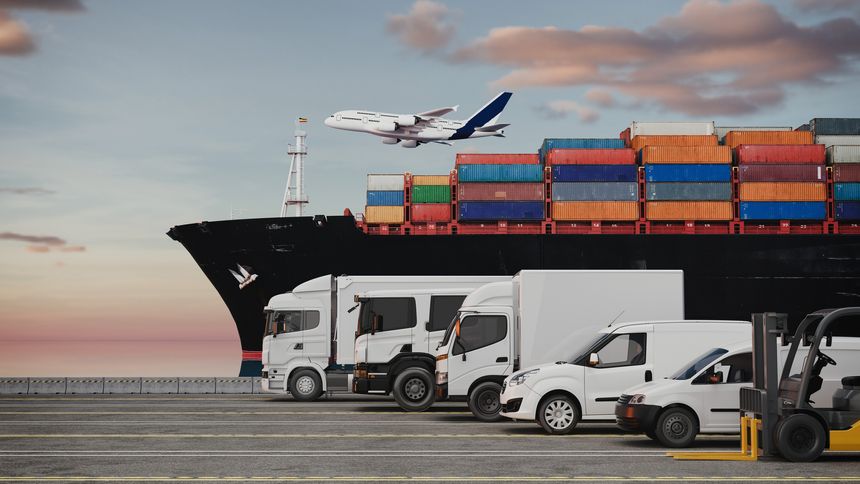McKinsey & Co. recently published a report, ‘The infrastructure moment’, that highlights the coalescence of infrastructure assets across various sectors that will drive the next chapter of global growth – with Asia expected to consume the lion's share.
Cumulative infrastructure investment spend is expected to be $106 trillion by 2040, with $70 trillion earmarked for Asia's growing economies. Globally the three largest sectors are transportation ($36t), energy ($23t), and digital ($29t). These figures are eye-watering and illustrate some stark competition for capital. The pace of development varies worldwide. Whilst some economies may be grappling with ageing infrastructure stock – for example, in the US, 2024 research by the American Road & Transportation Builders Association based on federal government data identified 221,800 bridges needing major repairs or replacement at a staggering cost of over $400 billion (the equivalent of Malaysia's GDP for the same year); some of the growing Asia economies like Vietnam, are planning the North-South High Speed Rail project. This 1,541km project is estimated to cost over $67 billion. The tiger economies are on the hunt and they want to do it quickly, efficiently and in comfort. A dozen or so high-speed rail and metro projects are slated for the region, which alone, will consume trillions of this anticipated expenditure.
The report observes the rise of new sectors, particularly digital, and its close association (particularly for data centers) with the need for energy and water. Supply struggles to keep up with a moratorium in 2019 on new data centers in Singapore where the sector represents 7% of total electricity demand in 2024 according to the Singapore Energy Market Authority, and which in part may explain Singapore's ambition to import 6GW of low carbon electricity by 2035. This procurement represents a capacity size equivalent to half of the country's installed capacity, which is 97% powered by imported gas.
Singapore may be unique in having imposed a temporary moratorium (lifted in early 2022), but reports suggest that nearby state of Johor in Malaysia rejected nearly 30% of new applications since June 2024 due to utility shortages.
In an ever uncertain geo-political atmosphere, newer infrastructure asset classes will include defence, according to McKinsey's report. This is reflected in Asia with recent major defence investments by Australia and similarly a 50% increase in Indonesia’s 2025 defense budget, announced by President Prabowo. Notably, today's Financial Times reports that the US army recently met with private equity groups including Apollo, Carlyle and KKR to discuss attracting $150 billion of investment into the military estate. This will likely open up non-traditional funding and structures and it will be interesting to see how close to the tip of the spear will private capital go.
Having committed the last 25 years of my professional career supporting infrastructure development in Asia and watching with quiet admiration as countries develop compelling opportunities for investors to contribute to their infrastructure stock (think renewable energy in India and the Philippines), the challenge for governments is immense. Voter expectation is high, the internet has, amongst other things, democratised the flow of knowledge and the sharing of information which has in turn driven people's ambition for self-progress and growth. Whilst some economies still struggle to keep the lights on, or the water flowing, (and these basic infrastructure needs are a must), their populations are already moving to the next thing.
Reliable power and clean water are basic human needs, but as we enter the second half of the 2020's, so are internet connectivity, and clean, efficient and cool mass transport solutions. Now, more than ever, we need to replicate the excitement and growth of the roaring 1920's to serve the needs and expectations of the community around us, and this will require governments to understand that they are competing for international attention, and capital will flow to the markets best able to communicate their plans and offering a balanced, transparent and genuine pipeline of projects. We only have 5 years left to achieve the UN's 17 Sustainable Development Goals, so we'd best get on with it! Together.


/Passle/6182994d49b2340a4c485aab/MediaLibrary/Images/2025-11-05-11-30-47-118-690b35675a2c3bc64d7e7154.jpeg)
/Passle/6182994d49b2340a4c485aab/SearchServiceImages/2025-12-01-13-56-28-569-692d9e8c931c2ebece1322f1.jpg)
/Passle/6182994d49b2340a4c485aab/SearchServiceImages/2025-11-27-11-28-51-364-692835f35434a9bd50712b2d.jpg)
/Passle/6182994d49b2340a4c485aab/SearchServiceImages/2025-11-26-11-49-34-349-6926e94e2b2ecba665ab39fc.jpg)